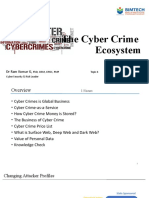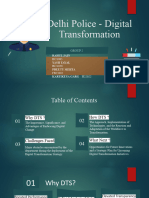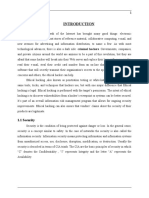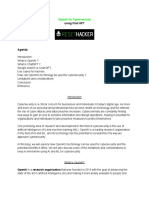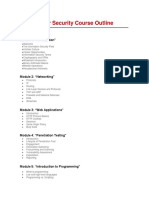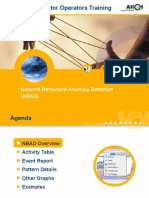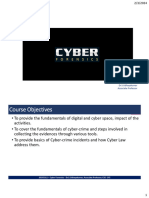0% found this document useful (0 votes)
653 views2 pagesCybersecurity Handwritten Style Notes
The document provides a comprehensive overview of cybersecurity, covering basic concepts such as the CIA triad and common threats, intermediate topics like cryptography and network tools, and advanced practices including penetration testing and incident response. It emphasizes the importance of protecting systems and data from digital attacks while detailing various security measures and frameworks. Key tools and methodologies, such as SIEM, VPNs, and the Red Team vs Blue Team approach, are also highlighted.
Uploaded by
nosiv83394Copyright
© © All Rights Reserved
We take content rights seriously. If you suspect this is your content, claim it here.
Available Formats
Download as PDF, TXT or read online on Scribd
0% found this document useful (0 votes)
653 views2 pagesCybersecurity Handwritten Style Notes
The document provides a comprehensive overview of cybersecurity, covering basic concepts such as the CIA triad and common threats, intermediate topics like cryptography and network tools, and advanced practices including penetration testing and incident response. It emphasizes the importance of protecting systems and data from digital attacks while detailing various security measures and frameworks. Key tools and methodologies, such as SIEM, VPNs, and the Red Team vs Blue Team approach, are also highlighted.
Uploaded by
nosiv83394Copyright
© © All Rights Reserved
We take content rights seriously. If you suspect this is your content, claim it here.
Available Formats
Download as PDF, TXT or read online on Scribd
/ 2




